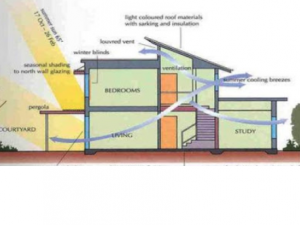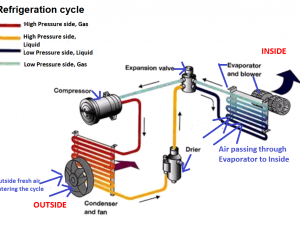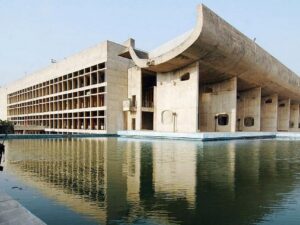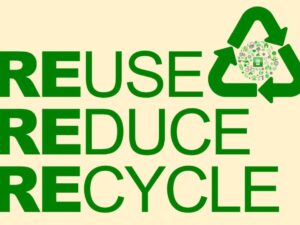Natural light and Natural ventilation
- Description
- Curriculum
- Reviews
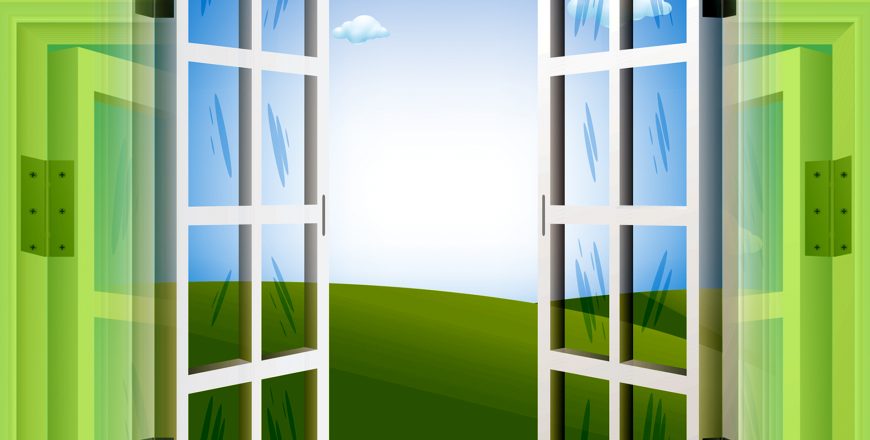
Introduction to Light:
A building envelope is thought of as a barrier between the exterior and the interior. It shields us from the undesirable factors such as extreme rain, snow, cold etc. We must remember that the envelope should act as a selective barrier. While it protects us from the above mentioned factors it should also let in the desirable factors which contribute to the human comfort. One such factor is Light specifically daylight.
The most important communication channel of man with his environment is vision. The eye is stimulated by light reflected from objects, thus light is a prerequisite of seeing. Light can be produced artificially (e.g electric light), but if it is available then it should be utilized.
In artificial lighting the light source itself is under the designer’s control. In day – lighting the source (sun and the sky) is given, thus if control is necessary it must be in transmission and distribution. Artificial lighting is practically independent of location, climate or even of the building fabric, day-lighting, however strongly depends on the external conditions and its control is only possible by building itself.
Source of light:
The ultimate source of daylight is the sun, from which we receive also a large amount of thermal radiation together with light. Sunlight is a portion of the electromagnetic radiation given off by the sun. The radiation consists of particularly infrared, visible, and ultraviolet light.

